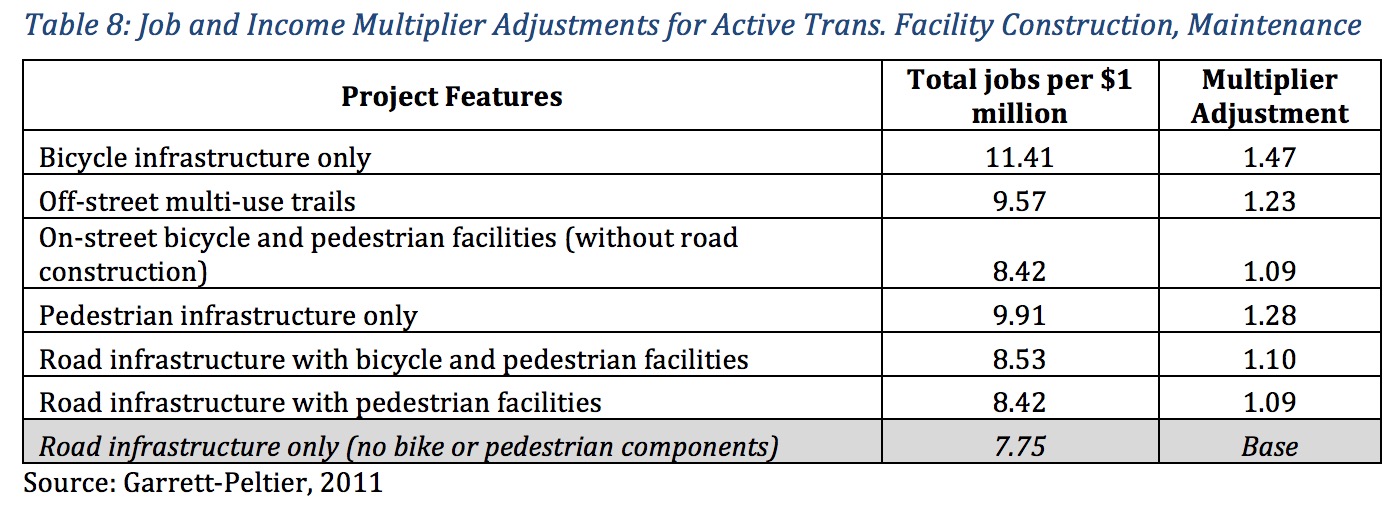UTAH TRANSIT AUTHORITY
Executive Summary
This Utah Active Transportation Benefits Study quantifies fiscal and health benefits of spending on active transportation projects and by people who walk and cycle to help guide policy, planning, investment, and programmatic decisions.
Utah is nationally recognized as a state that has both physical and policy environments that support walking and biking as modes of transport. In 2015, the League of American Bicyclists named Utah the fifth most bike-friendly state for its pro-bike legislation, planning, and education programs. In Utah, 2.5% of people walk to work, slightly below the national median of 2.8% (rank of 27). For commuting to work via bike, Utah is ranked 12th nationally, with a 0.9% commuting bike share. Utah is slightly under the median per capita spending on bicycle and pedestrian projects at $2.32 in Utah compared to $2.36 nationally. Annual spending by cyclists for equipment and services is estimated to be $463, or about $0.85 per rider-mile.
Despite the increasing popularity of walking, biking, and running in Utah, little has been done to quantify and monetize the benefits that result from active transportation facilities and active travel. Understanding the direct and induced impacts of active transportation helps elevate active travel in funding decisions and priorities. It can help governments and non-profits plan investments in healthy community infrastructure and programs. In response to this need, the Utah Transit Authority and 11 agency collaborators initiated this study to estimate the health and economic benefits of active transportation to inform policy and planning decisions.
This report summarizes the economic impacts of several categories, including:
- Capital construction spending
- Facility maintenance and operations
- Equipment and services
- Tourism
- Healthcare
- Reduced absenteeism
The economic analyses in this report quantify direct effects, using local data when possible about travel behavior, facility spending, household spending, tourism trends, and health impacts of inactivity. Using IMPLAN®, an input-output based regional economic assessment modeling system3, indirect and induced economic effects were estimated for industry output (sales), jobs, and labor income for the categories. This facilitates estimating local effects of active transportation.
Key Findings
- Direct sales in cycling-related businesses are $132 million; and after accounting for indirect and induced effects, the economic impact was $303.9 million, nearly 2,000 jobs, and over $46 million in income in 2015.
- Over $61 million is spent on bike tourism each year in Utah; this direct spending multiplies into over $121 million in economic output or total sales, 1,500 jobs, and $46 million in income earned.
- Nearly 45% of Utahans get less than the recommended 150 minutes per week of physical activity, and these individuals could save $3.07 in annual healthcare costs for every mile they walk or $0.75 for every mile they bike;
- Those who are not active at least 150 minutes each week miss on average 0.63 days of work each year.
- If 6,410 individuals of the 306,880 adults ages 18-64 in Salt Lake County who report less than 150 minutes of physical activity a week started walking 3 miles or 1 hour a week, 16.8 jobs, $2.6 million in economic output, and $0.9 million in income would be produced from reduced absenteeism.
- The Murdock Canal Trail in Utah County costs $113,000 annually to maintain. It generates over $3.6 million annually in economic impact. This is in addition to a onetime economic impact of $26 million and 234 jobs to build the trail.
- Bicyclists who visit Dead Horse Point trails while visiting Moab generate $19 million annually in economic impact (over $11 million from overnight trips).
Next Steps for Understanding the Economics of Active Transportation
The following recommended next steps have been identified for stakeholders to take to continue making the case for active transportation infrastructure investments in Utah:
- Meet twice a year to push forward on advisory group goals;
- Create a communication plan to promote the study results;
- Track active transportation construction and operations/maintenance spending annually at the local and state level; and
- Standardize data collection efforts and share data.
Download full version (PDF): Economic Impacts of Active Transportation
About Utah Transit Authority
www.rideuta.com
UTA is a government special service district overseen by a 16-member board of trustees. Special service districts are typically smaller than a state agency but serve an area larger than traditional city or county borders.
Tags: Active Transportation, Cycling, Pedestrian, UT, UTA, Utah, Utah Transit Authority







 RSS Feed
RSS Feed